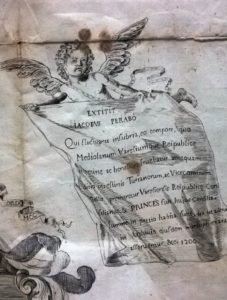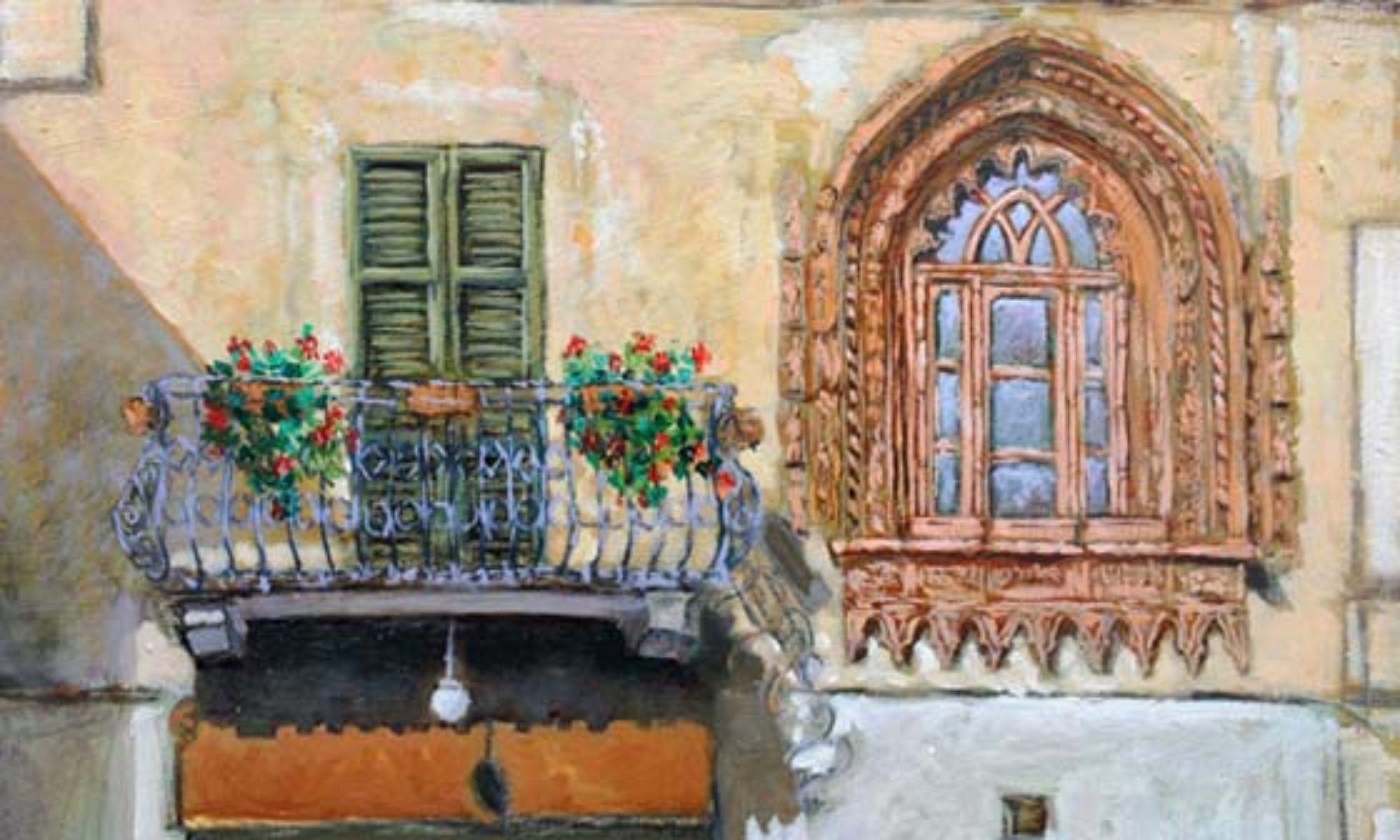The search for the origins of the Perabòs lineage from Varese traces back to a period prior to the XIV century, which was validated by the official heraldry.
In early 1200, the authority of counts Del Seprio was in decline; they had no more influence within the institutions in Varese, their long-time partner, as it had become more politically independent. [1] When, in 1287 during domestic fights of the aristocracy in Milan, Ottone Visconti wiped out Seprio so that it would not rise again, Varese became its most faithful ally. [2]
in the early XIII century, Jacobus Perabò was the head of the town of Varese, which had already become a municipality. He was described as a very wise man, whose “decisions were so sensible, that they needed to be recorded and consulted even by the posterity.” [3]

Further news of the Perabò family is chronicled again from the beginning of the XIV century. At that time, the town of Varese had become “distinguished and remarkable in the Seprio County,” and since it presented more churches and monasteries than fortresses, it had turned into one of the most relevant religious and commercial centres in Lombardy. [4] In the same period, Pope John XXII decided to target the oppressive machine of the Inquisition towards the ‘Ghibellines’ in Northern Lombardy, as they were suspected of favouring the Viscontis in Milan, stigmatised as displayed heretics. This historical period frames some crucial years of a more extended fight between the secular power of the European monarchs and earthly supremacy of the Roman Catholic Church. [5] For the first time, the summons on April 12, 1323 implicated a group of nobles from Varese accused of cooperation with the heretics from Milan. Jacobus and Johanninus Perabò were among the aristocratic suspects in Varese, and therefore they were immediately removed from their public positions. [6] Varese paid a high price for its affiliation with the Viscontis. Sixteen thousands imperial Liras were paid in extremis to prevent the plunder of the troops sent by Antonio Fissiraga, podesta of Milan, who had been appointed to aggressively subject the heretics. [7]
Twenty years later, the inquisitional persecutions of the Holy Office were over, Varese started to prosper again under the protection of the Duchy of Milan, as it had not been affected by the city fights between the Torrianis and the Viscontis, which had afflicted the rest of Lombardy instead.
Within the political scene in Varese, The Perabòs became one of the most attractive families. As it was customary for the patrician social class, they did not forget to pay their respect to the local Church, and they had a constant care for the public institutions. Moreover, they showed devotion to the ecclesiastical and charitable institutions. Such a generosity was surely appreciated by the devotees and the sick persons, and it was notably welcome by the authority of the Duchy. Likewise, it was an occasion to bind further with the clergy and with the patrician public bodies in power in Varese.
In the mid XIV century, Andreolo Perabò, who was supported by other patrician families in town, had formed a movement called School or Company of Saint John the Baptist. [8] The Perabòs were not indifferent to this sort of spending. In 1357, Domenico Perabò established a chaplaincy in Saints Christopher and James’ church; [9] later on in 1632, Primolo Perabò followed his example and decided to give the hospital a bushel of either rye or millet yearly. [10]
On July 27, 1375, Giovannolo – known as Zolo – made a determining decision for the aristocratic status of the Perabò lineage. He instituted a chaplaincy in honour of Santa Maria La Longa in the collegiate church of San Vittore on the left side of the main altar of the cathedral. [11] Giovannolo surely could not envision that in 1630 the aforesaid unstinting initiative would pay off a titled status under Emperor Ferdinand II. By virtue of some chaplaincies, in particular the prestigious one in San Vittore’s Cathedral, the emperor granted the Perabòs the title on the account of their long-time generosity. [12] Not only was Giovannolo benevolent to the sacred institutions, but on December 8, 1377 he also bestowed a plot of land on the deans of the hospital in Ravanera in the area of Lower Biumo, so that they could build an oratory next to the hospital building. [13]
